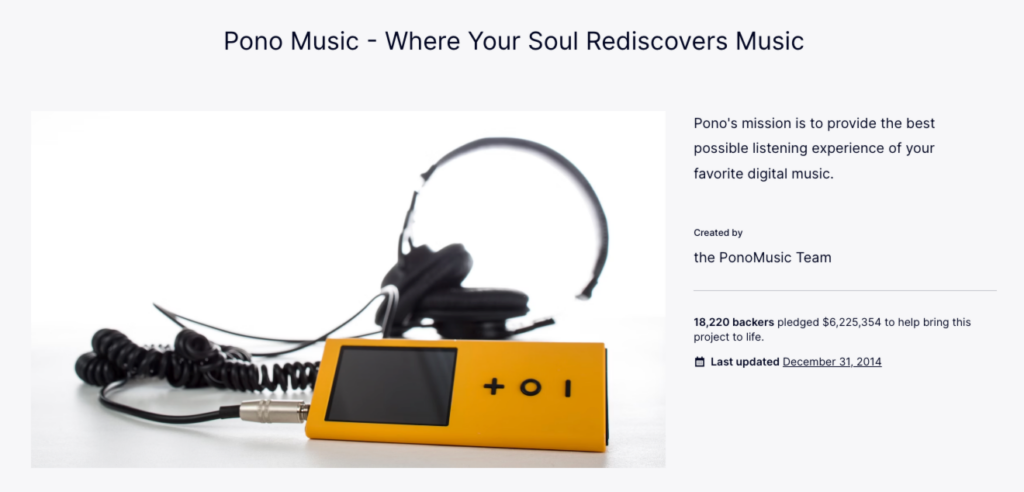
Astroturfing is the act of posting fake reviews for a company to either better their reputation or diminish the reputation of their competitors. Back in October of 2015, Amazon took action and filed a lawsuit against more than 1,000 people posting fake …
Astroturfing is the act of posting fake reviews for a company to either better their reputation or diminish the reputation of their competitors. Back in October of 2015, Amazon took action and filed a lawsuit against more than 1,000 people posting fake reviews on their site. They started their investigation by making fake accounts and going on websites such as Fiverr to buy fake reviews. According to the suit, the fake reviews mislead Amazon customers and tarnish Amazon’s brand. The online retailer wants to keep the trust of their customers and ensure that customers are getting honest information before clicking the buy button.
Common Characteristics of Fake Reviews
Level of praise– A real review is going to have a more moderate temperature. Even if they loved the product, people are likely to include a “but” in their review. You have to be realistic when reading reviews and decide if it is the type of product that is going to cause over-the-top enthusiasm.
Language– A big red flag when reading a review is the type of language the reviewer uses. A real review is not going to have the full name of the product. For example, they are not going to say “I love the Thunder dX 3700s.” It should not read like a commercial; any review that contains a lot of technical jargon or focuses heavily on the features and specs of the product is probably not real. A real review is going to have emotion and will explain the impact of the product on their life.
Volume– While it not uncommon for popular products to have a lot of reviews, it raises a red flag when a lot of reviews were posted in a small time frame. If a product has multiple reviews posted within 30 minutes to an hour, be weary.
Credibility of reviewer– A product that has a lot of first-time reviewers could be a sign that the company is paying for reviews. Though this is a tough measuring stick to use because everyone has to start their review history somewhere, pay close attention when you notice a lot of novice reviewers on one product.
When you don’t know what you’re looking for, spotting fake reviews can be tricky and sometimes even when you do know what to look for, it can be easy to mistake a fake review for a real one. Luckily, Review Skeptic has developed tool that picks a part reviews to determine if language comes across as fake. While nothing is foolproof, the combination of Review Skeptic with the knowledge of the characteristics listed above, you shouldn’t have to worry about making falling prey to companies who hire fake reviewers.
Work With Us
Want to learn more about how we’d prepare your product for launch? Request a quote today.
Want To See This Advice In Action?
Check out our case studies and learn more about how we’ve achieved stellar results for our clients.



